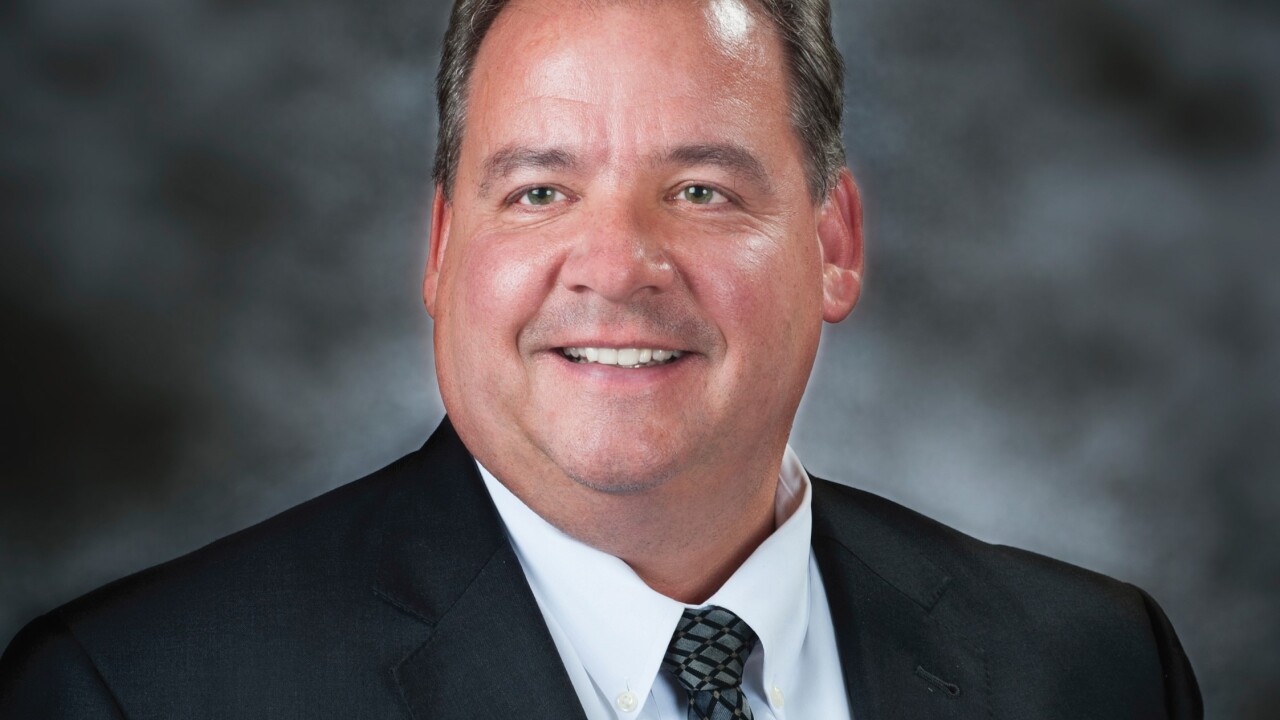The predicted convergence of financial industries is seen as a key driver for both insurers and banks, and the two are being urged to team up in streamlined financial services companies if the change is to be made effectively.
"Customers want to go to a single location where they can get the highest-quality products," said John Scheid, partner and Americas leader of PricewaterhouseCoopers' global insurance group. And Mr. Scheid, author of "Tomorrow's Leading Non-Life Insurers," a report on the industry, lays out three optimal business models for insurance companies in the 21st century.  In the first model, "The Invisible," insurers would leverage their brands to develop through alliances and joint ventures with other providers of financial services, the report said. These companies would offer private-label insurance for other financial entities, as well as integrate insurance products into consumer product sales.
In the first model, "The Invisible," insurers would leverage their brands to develop through alliances and joint ventures with other providers of financial services, the report said. These companies would offer private-label insurance for other financial entities, as well as integrate insurance products into consumer product sales.
For example, Mr. Scheid said, more commoditized insurance products such as car insurance could be included in the purchase price of insurable goods such as cars, in much the same way as a service contract is now often included.
The second model, "The Fixer," would tailor products to the needs of commercial clients and high-net-worth people, and it would sell fee-based services such as risk management, loss control, and claims handling.
High-service "fixer" companies must "develop a highly integrated operation with minimal administrative duplication and maximum e-business leverage, particularly for claims processing," the report said.
The third model, "The Friendly Banker," would incorporate the most insurance-banking convergence. Banks would offer direct risk financing for corporate clients, acting as underwriters or conduits to the financial markets. At the same time, they would sell insurance directly to consumers.
"Banks have the strong advantage of frequent contact opportunities with customers and intimate knowledge of their financial status and circumstances," the report said. "Therefore the Friendly Bank model will develop insurance products which operate very effectively with bank accounts, providing highly flexible" coverage "tailored to individual financial situations and risk exposures."
"You have to be almost a slave to the concept of integration," Mr. Scheid said. That means making sure bank employees understand the products and are willing to sell them to customers.
"If they absolutely want integration of banking, insurance. and asset management, they have to be in the top quartile in price and the top drawer in service, image, and brand," he said. Banks cannot overcome cross-selling hurdles just by announcing product lines. They have to offer top-notch solutions, he said.
David T. Fronek, president and chief executive officer of Assurance Partners Bank, Indianapolis, the bank formed by the National Association of Mutual Insurance Companies, said banks, insurance agencies, and insurers need to change with the times if they want to successfully integrate.
When he worked at the former First Chicago NBD Corp., he saw how hard it was to integrate insurance into a bank after the purchase of an agency. "It was very difficult to get the people in the bank to recognize and acknowledge that we were in the insurance business," he said. Whether you are talking about the banker or the insurance agent, "success in the future means understanding and recognizing that you have to turn yourself into something other than what you have been," he said.
The two industries are already living out some of the report's predictions. Glen Milesko, for one, who is chief executive officer of Banc One Insurance, said much of this integration is already happening, and he sees the industry undergoing a "metamorphosis."
Bank One Corp. bought Congress Life in November, through which it plans to sell life and disability products. Bank One also offers insurance products from a variety of vendors in its 1,800 banking centers.
The keys to integrating products as a Friendly Banker will be using technology to improve the underwriting process and training employees to look for sales opportunities, Mr. Milesko said. However, he warned, banks are dependent on insurers and regulators to help develop technology that will improve these processes.
Historically, banks have been "reactive" he said, waiting for people to come in and, for example, ask to set up a savings account. Incorporating insurance into the bank means "going from a passive to an active approach," he said - asking whether customers have adequate coverage and offering options.
To achieve this integrated approach, Mr. Scheid said more mergers must occur between underwriters and banks - though banks have shied away from buying underwriters.
Banks have higher returns on equity and assets than most insurers, he said, so any banking company that buys an underwriter needs to do significant work to improve the returns. Few banks have been willing to take on this challenge.
In the future, the need for integration will be so great that banks and insurance companies will have to merge, he said.
Moreover, he said, the Friendly Banker model does not mean retail-focused insurance companies will all be owned by banks. Insurers can bring together all these services themselves. But the key will be the customers, who Mr. Scheid predicted will be looking for the convenience of one-stop financial shopping.
Stan Ommen, president of State Farm Bank in Bloomington, Ill., said customer demand was a driving force behind the insurer's decision to open a bank. "Our customers have been telling us, 'We would like more products and services available,' " he said. State Farm is able to leverage its strong brand, as well as its relationships with policyholders, to create banking customers, he said.





